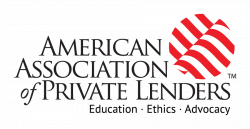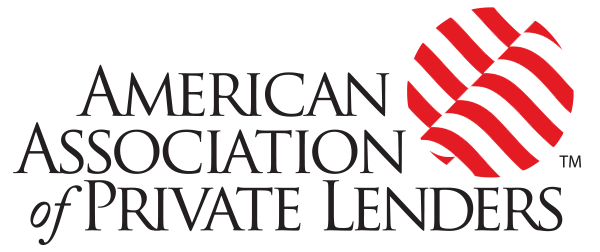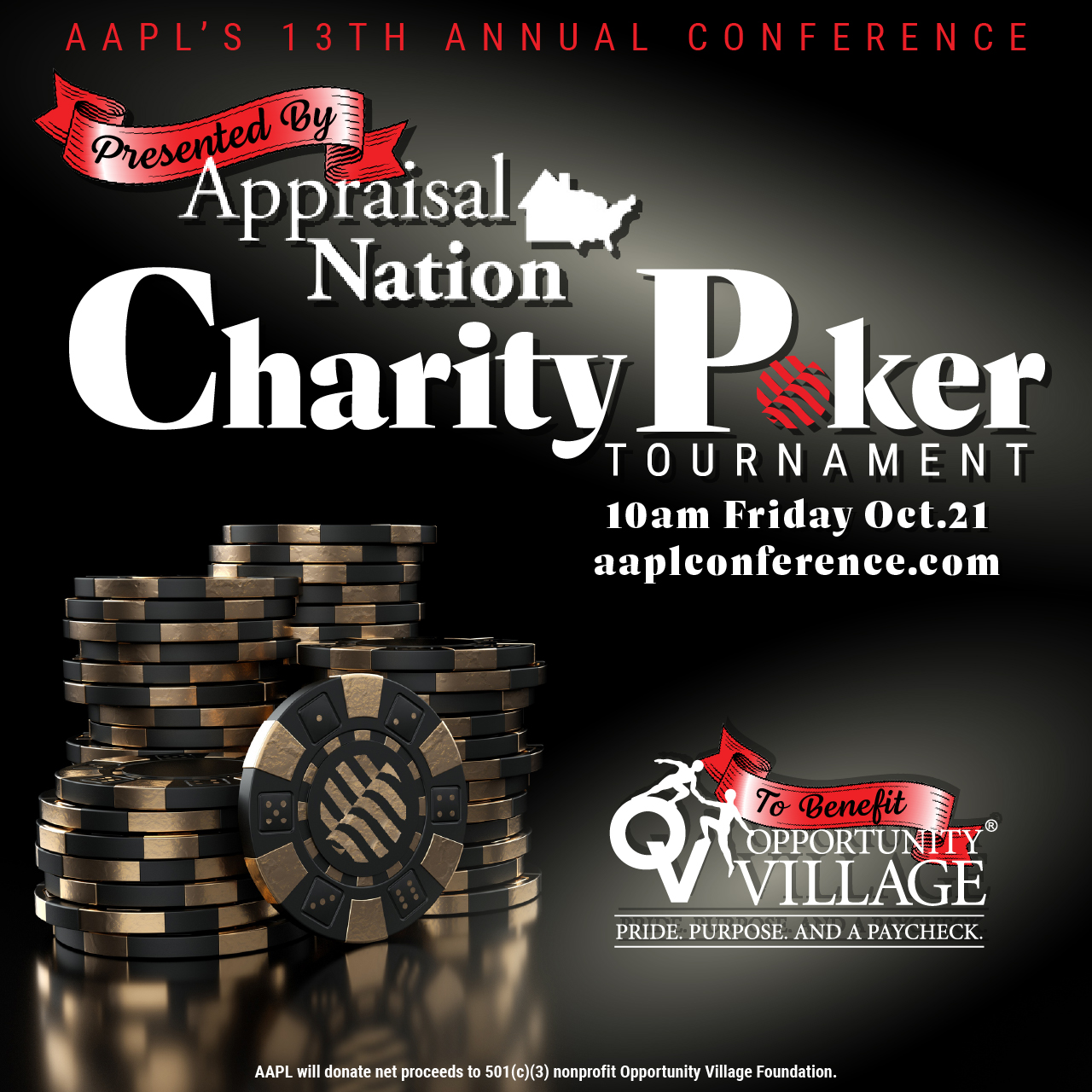Build your business with foundational lessons on deal sourcing and structure, risk mitigation, and insider knowledge.
Private lending refers to nonbank loans provided by individuals, private equity funds, or lending companies to borrowers that need capital. These loans are commonly secured by real estate, but they can also extend to other asset classes. Unlike traditional banks, private lenders operate with greater flexibility, allowing them to structure deals based on unique borrower needs, risk profiles, and investment goals.
New lenders must first understand the different types of private lending structures. Here are the differences among some of the most common ones.
Private Money Loans. These are short-term, asset-backed loans real estate investors often use for fix-and-flip projects.
Bridge Loans. Intended as temporary financing, bridge loans are used to “bridge” the gap until permanent funding is secured.
Transactional Funding. These are short-duration loans used for quick-turnaround real estate transactions.
Construction Loans. Construction loans are issued for real estate development, often requiring staged disbursements.
Commercial Loans. This is financing provided for income-generating properties such as multifamily units, retail centers, and office buildings.
Conducting Due Diligence
Private lending is inherently risky, making thorough due diligence an essential component of success. Key areas of focus include:
Borrower Evaluation. Although private lenders rely less on credit scores than traditional banks do, evaluating a borrower’s history in real estate or business is vital. Assess creditworthiness, track record, and financial stability.
Collateral Valuation. Understand the property or asset securing the loan. Conducting an appraisal or broker price opinion (BPO) ensures the collateral is sufficient to mitigate potential losses.
Exit Strategy Analysis. The borrower’s ability to repay the loan is paramount. Whether through refinancing, selling the property, or other income sources, a clear exit strategy reduces lender risk.
Title and Lien Search. Ensure the property has a clear title with no undisclosed liens or encumbrances that could jeopardize the lender’s position.
Legal Documentation. Work with experienced attorneys or loan document generated solutions such as Lightning Docs to draft loan agreements, promissory notes, deeds of trust/mortgages, and personal guarantees to secure the lender’s interest.
Mitigating Risks
Risk mitigation is a critical aspect of private lending. New lenders must adopt several strategies to safeguard their investments.
Loan-to-Value (LTV) Ratios. Conservative LTV ratios (e.g., 65-70%) provide a cushion in case of borrower default or market downturns.
Reserves and Contingency Plans. Setting aside capital reserves allows lenders to manage unforeseen expenses, including legal fees in case of foreclosure.
Diversification. Avoid concentrating all capital into a single loan or borrower. Spreading investments across multiple loans reduces exposure to any one deal going bad.
Borrower Guarantees. Personal guarantees or cross-collateralization can offer additional security against loan defaults.
Market Awareness. Staying informed about real estate market trends, interest rate movements, and economic conditions helps lenders make informed lending decisions.
Loan Structuring and Pricing
Loan terms must align with market conditions and borrower needs while ensuring an attractive return for the lender. Typical private lending structures include:
Interest Rates. Rates typically range from 7-15% depending on risk level, collateral quality, and borrower experience.
Points and Fees. Origination fees (often 1-3 points) generate up-front revenue for the lender.
Prepayment Penalties. Prevent early loan payoffs that could reduce expected returns.
Default Clauses. Clearly outline consequences for missed payments, including late fees, acceleration clauses, and foreclosure proceedings.
Regulatory Considerations
New lenders must ensure compliance with federal and state regulations governing private lending. Key regulatory aspects include:
Usury Laws. Each state has different maximum allowable interest rates; exceeding these limits can lead to legal consequences.
Dodd-Frank Act and Consumer Protection. If you are lending to owner-occupied properties (even if it is a bridge loan), additional compliance requirements may apply, including ability-to-repay rules.
Licensing Requirements. Some states require lenders to hold a mortgage lending license, depending on loan type and borrower profile.
Securities Laws. Raising capital from investors to fund loans may trigger SEC compliance obligations.
Consulting with legal experts familiar with private lending laws ensures adherence to applicable regulations.
Managing Loan Servicing and Default Scenarios
Lenders can either service loans in-house or hire a third-party loan servicer. Effective loan servicing includes (1) timely collection of payments, (2) monitoring property condition and insurance compliance, (3) managing borrower communication, and (4) handling defaults and foreclosures.
In cases of borrower default, lenders must be prepared to initiate foreclosure proceedings, if necessary. Understanding state-specific foreclosure laws (judicial vs. non-judicial) ensures an efficient recovery process.
Where to Begin
Scaling a private lending operation may seem like a daunting task to new lenders. But it’s doable. Countless lenders have launched successful businesses.
To start, attend private money lending shows so you can network and learn from established lenders. Search the AAPL Member Directory and try to meet some private lenders in the industry to see how they’re doing it. The industry is well-connected and small. Network—and network often—with those whose businesses you want to emulate. Building relationships with real estate investors, brokers, attorneys, and other industry professionals creates deal flow opportunities.
Make technology your friend. Use CRM systems and implement loan origination and servicing platforms to improve efficiency.
Virtual employees can be an advantage as you get started—they allow you to scale up or down as needed. Hiring right from the beginning also saves you from needing to do everything yourself. A good outsourced virtual employee is generally around $15 an hour, and services such as MOVE can manage these people for you, ensuring you get the success you’re looking for from the very beginning.
Continuous education is vital. Staying updated on industry trends, regulatory changes, and best practices will enhance your understanding and decision-making. Start by getting involved with AAPL as early as you can; learn as much as you can.
Finally, partnerships are a good way to reduce risk and enhance learning opportunities. Consider co-lending or syndicating deals with experienced lenders.
Private lending offers lucrative opportunities but requires a disciplined approach to risk assessment, due diligence, and regulatory compliance. By understanding market dynamics, structuring deals effectively, and staying informed, new lenders can position themselves for long-term success in this competitive space.
Joining industry associations like the American Association of Private Lenders (AAPL) offer invaluable support and guidance to those serious about building a sustainable private lending business. Further, leveraging educational resources and networking with seasoned professionals will provide critical insights and practical strategies for success.











Leave A Comment